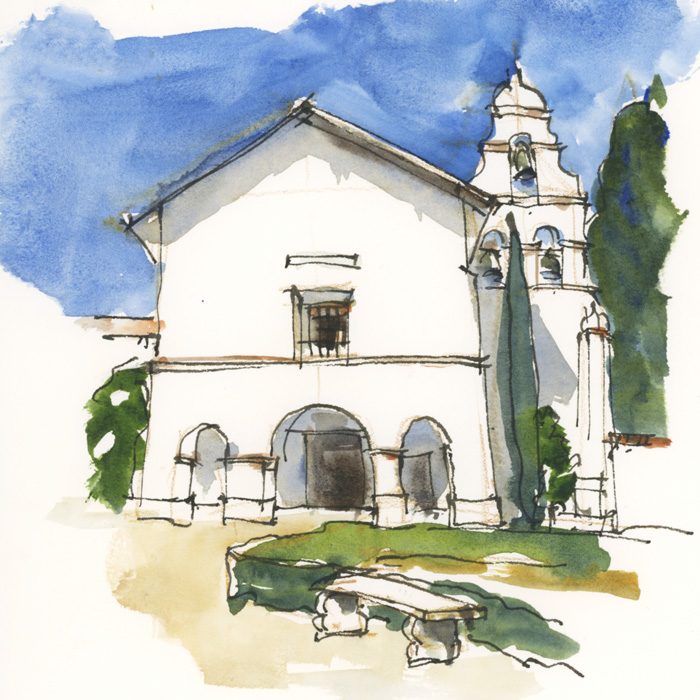
It’s been a really fun and busy week filming a heap of new videos and then a livestream to wrap up the SketchingNow Watercolour Group Run-through. This has been happening at the same time as we have been going through Foundations! It’s been great to work through the two courses at once and to be reminded of core drawing skills as well as exploring pigments and creating the right consistency of watercolour washes.

Over the last few weeks we’ve been looking at different approaches to setup – whether to draw an outline in pencil before ink or whether to just ‘go for it’ from the start with pen. There are a lot of people who are passionately against the use of pencil, and I totally understand why they feel that way. But personally I think that a few pencil lines can help a lot, especially if it’s a complex subject (such as a highly decorative building) and if you limit the number of lines you draw in pencil. Used in the right way, pencil setup lines can actually make sketching faster. The problem is that often people draw more pencil lines than they need and easily fuss about getting them perfect before moving to ink.
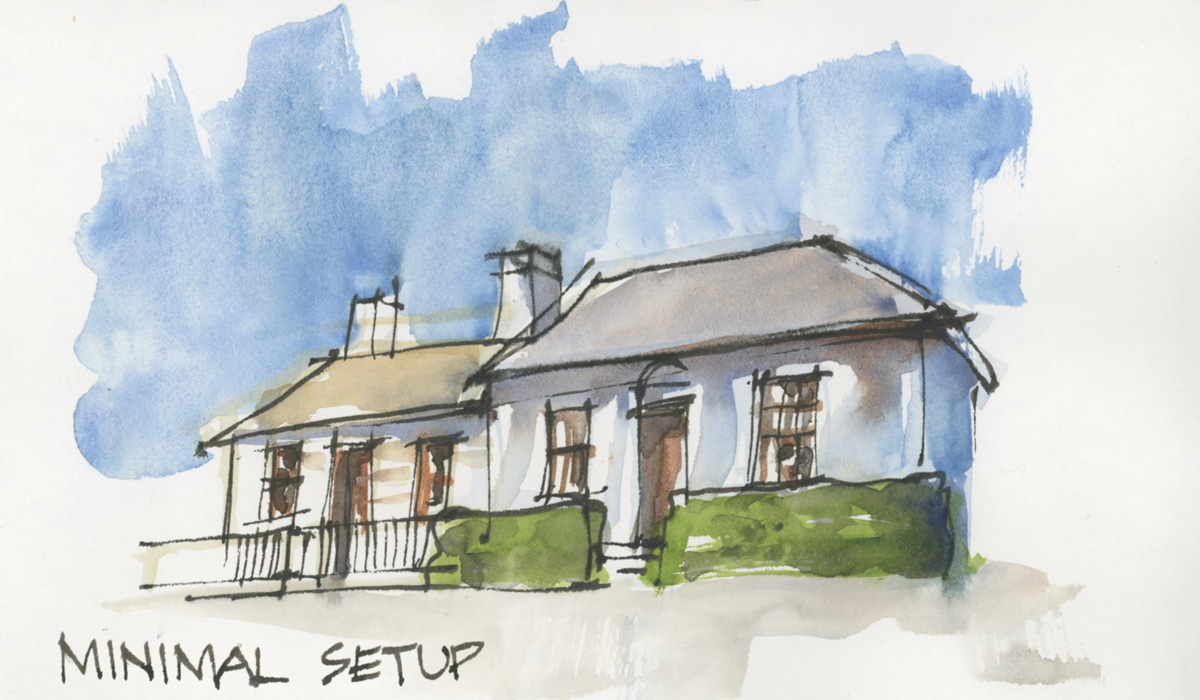
My rule of thumb when it comes to setup is to do the minimum you need and I use what I call ‘gestural setup.’ In the old days I used watercolour pencil a lot, but now I mainly use paint in a similar way.
And that leads on to the next issue…
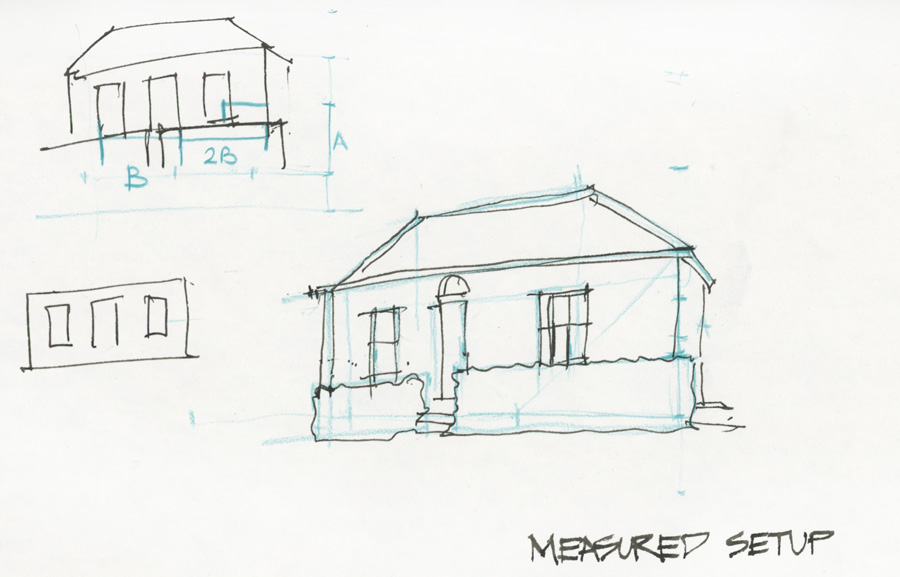
The fact that so many sketchers I come across have never probably understood how to sight measure and how to scale what they measure to suit the size they want for their sketch. This is a fundamental sketching skill which takes a little concentrating! As for how much measuring you need to do – only enough to get the important edges in place.
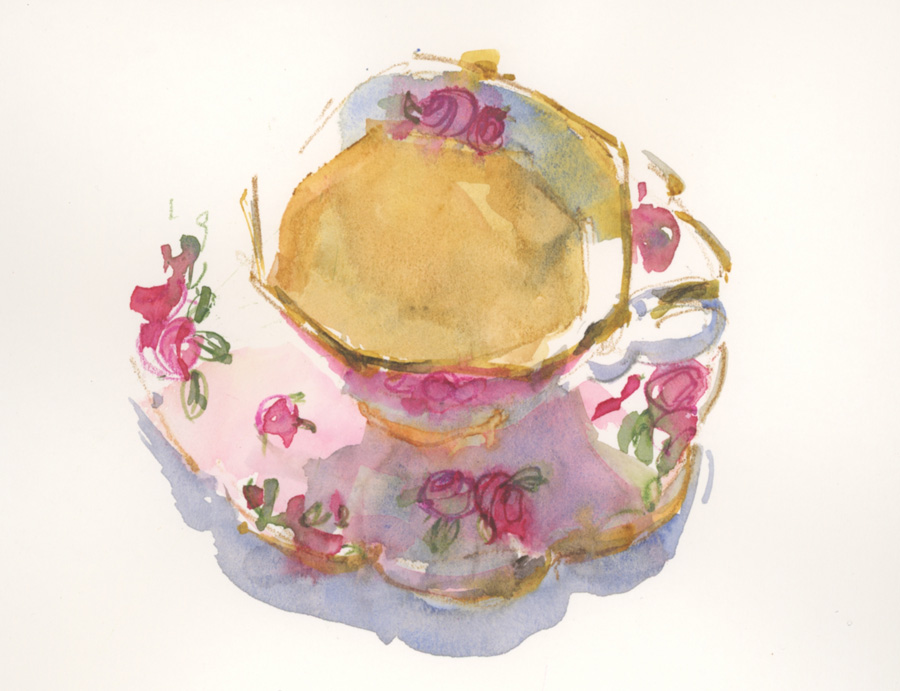
Anyway, these are just a few of the things we have looked at in Foundations in the last few weeks and the images included are from the bonus videos I’ve filmed recently. Including this teacup sketch done while drinking my tea (of course!)
All these videos are found in the bonus sections for Lessons 5-7 inside the classroom and are available to anyone who has purchased Foundations at any time. To find out more about the course click here – there are a few free intro lessons which you can signup for.
I’d love to hear what your thoughts are on setup (using pencil) and sight measuring. Do you do either?




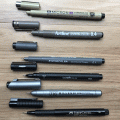
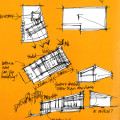
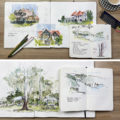
7 Comments
Liz, I’ve followed you for a few years, although not taken any of your courses. I can’t determine if they are self paced, or time based with group “class work” sessions.
Is there a summary of the content and objectives for your courses, or recommended sequence, to determine which to take first, second, etc.?
Greatly appreciate your desire and skill in sharing knowledge!
Hi Terry – there are detailed descriptions of each course at the sketchingnow site – under the courses menu
https://sketchingnow.com/
The courses are self-directed so you can work at your own pace, but I often host a Group Run-through which means that you can work through the course to a timetable with other people.
When I first began my love affair with watercolor, I over sketched. It then felt like a paint by numbers kind of painting and my work tightened with the loss of freedom. Then I began using a rigger brush and in the same colors of what I planned to paint, loosely sketched in my subject. Sometimes, if the subject was more complex, I used watercolor pencils to gestural plan my painting.
More often than not I continue to begin my painting without drawing. I don’t paint any structures too complex, making this method easier. My only concern is that I am limiting my subjects to florals and landscapes and would like to expand.
Perhaps I need to draw, in a sketchbook, the images I would like in a painting. Work out the detail in pencil first even before the first washes of paint on paper. Maybe it is just, practice, practice and more practice to get where I want to be.
I do not use sight measuring — though I know how to do it. I find learning proportions more important. I already have enough of an eye for proportions and so am happy with the my outcomes. However, I often give myself an ellipse or circle in pencil, watercolor or graphite, as a guide in sketching teacups or octagons or might use the same — as series of triangles and squares — to give me the proportional building blocks I need for a building.
Thanks for sharing Kate. The more experienced you are as a sketcher the less you need to measure… so I’m like you and rarely measure.
I think of sight measuring as just another tool in the toolbox. A longtime student of drawing and sketching, I’ve got a fair amount of comfort in my ability to trust my eye. That said, I also know I’m not infallible. I almost always do a light rough sketch of some kind – usually with water soluble graphite that will fade into the watercolor – just to make sure I like composition and that the proportions make sense. Sometimes when things look wonky, I’ll sight measure, inspect the negative space, etc. to problem solve and adjust. I don’t think I’ll ever graduate beyond these tools and I’m not sure I want to – it’s all part of the enjoyable process.
Hi Melanie – yes its a tool in the toolbox!!! And totally agree that you use it when and how you need it.
I personally think that it’s worth the effort to make sure that you do have this tool – so many people dismiss it as too hard and technical and don’t know what they are missing out on!
Keep sketching!!!
NEWSLETTER
Subscribe for first notification of workshop + online classes and more.